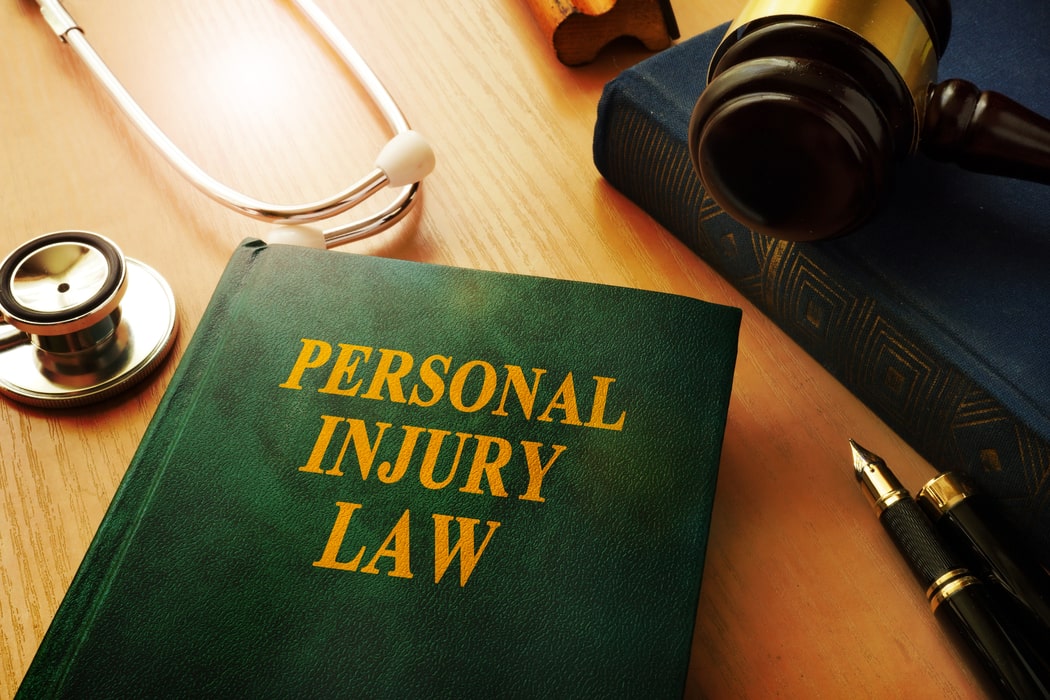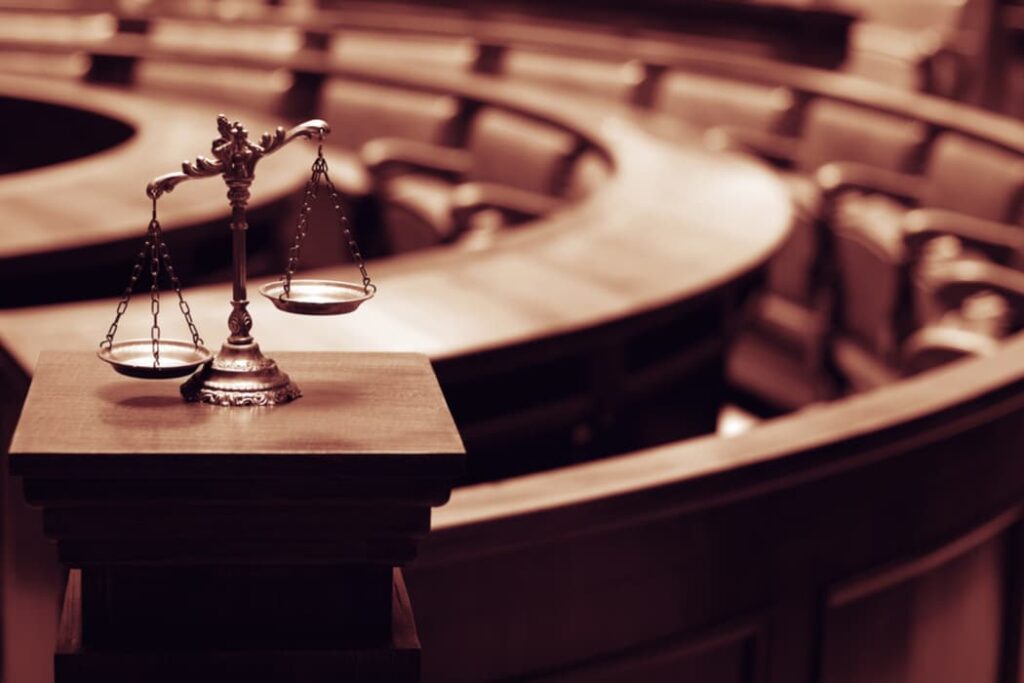
Before you seek a Chicago accident injury lawyer, it can help to know a few things about how personal injury claims work. When you have more information, it will be easier to find the best personal injury attorney Chicago can offer. The basis for personal injury law is that a person who has been injured because of someone else can seek compensation in court. The injured person can receive money to help cover damages, hospital bills, and more. Learn more about the basics of personal injury law by reading into the five facts below.
1) The Burden of Proof Definition
The burden of proof is an important part of every civil suit. The injured person must prove to a judge, jury, or insurance adjuster that they are bringing a claim or suing because the other person (or company) is responsible for their injuries. The good news for plaintiffs is that the burden of proof is lower in civil cases than criminal cases.
In criminal cases, the case must be proved “beyond a reasonable doubt.”
In other words, the proof must be entirely backed up by evidence in order to be considered complete. For civil suits, however, the burden of proof is held to a different standard, which is “by a preponderance of evidence.” In other words, it must be more likely than not that the plaintiff’s case is accurate.
It can still be hard to carry the burden of proof, because it all falls on the plaintiff. The defendant does not have to prove their innocence. Defendants will also do everything in their power to poke holes in the plaintiff’s case, including presenting evidence of comparative fault.
To prove a case beyond a preponderance of evidence, a plaintiff will have to have support for their claims. Plaintiffs often have a better chance of satisfying the burden of proof when they hire a skilled Chicago injury attorney.
2) Negligence vs. Intentional Torts
Most personal injury cases involve negligence. These cases can be accidents at a place of business, on the road, or anywhere else. Negligence cases happen when someone suffers injury because someone else did not do everything they should have to prevent such accident or injury.
In these cases, the defendant failed to live up to their “duty” to protect the injured party. This could be through creating an unsafe condition at a business, by driving recklessly or many other situations. Although these incidents may seem “accidental,” they could have, and should have, been prevented.
Intentional torts are often more sinister incidents, where the defendant injured someone on purpose. These torts usually result from incidents like battery, assault, dangerous products, and trespassing. In these cases, the plaintiff and their personal injury lawyer try to prove that the defendant intentionally hurt the plaintiff.
3) Types of Personal Injury Cases
Personal injury cases can arise from all sorts of incidents and accidents. Some of the most common situations that lead to personal injury claims include the following:
- Car accidents
- Truck accidents
- Accidents at a business
- Slip and fall accidents
- Medical malpractice cases
- Intentional acts like assault and battery
- Defective product cases
Almost any time someone gets hurt because of another person’s actions, they may have grounds for some sort of civil case. Injured because of negligent or intentional action? Contact a Chicago accidental injury lawyer to see if you have a case.

4) Process for Personal Injury Cases
Personal injury or negligence cases often start with action that takes place outside of a courtroom. The defendant commits some act that causes injury or financial damage to the plaintiff. As soon as something like this happens, the plaintiff should contact a personal injury attorney and start collecting evidence.
Once the plaintiff finds the best Chicago accidental injury lawyer they can, the case officially begins. The lawyer will talk to the plaintiff to determine what happened, and will use evidence to build a case that can meet the burden of proof.
If the defendant realizes that they do not have a good chance of winning the case, they may want to settle with the plaintiff outside of court. Settlements outside of court mean that the defendant will pay damages to the plaintiff and end the claim or lawsuit.
If the case cannot settle outside of court, it will go to trial in front of a judge and/or jury. The jury decides whether or not the defendant is guilty. If so, the defendant will be ordered by the court to pay the plaintiff for their damages.
5) Assessing Damages in Personal Injury Cases
The damages will depend on what the injured party lost because of the defendant. This can include medical expenses, lost wages, and damaged property. In some cases, psychological damages for pain and suffering can be taken into account.
When cases settle out of court, the plaintiff and defendant have to agree on an appropriate amount of damages. If the case goes to trial, the court will have the final say on the true value of the damages through it’s verdict. Either way, once a case settles successfully, the defendant must pay the plaintiff.
This process is to make the plaintiff whole again. In other words, the plaintiff lost something because of the defendant, and now the defendant must repay the plaintiff for their damages.
Chicago Accidental Injury Lawyer
In a wreck? Need a check? The lawyers at Lerner and Rowe Injury Attorneys are ready to answer any more questions you have about injury claim facts. We bring experience, skill, and passion to your case.
We are so confident in our abilities to get a good settlement for our clients that we offer free consultations. There is no fee unless we win your case! That means there is no risk for you, and you can get access to free legal advice.
Contact us today at 844-977-1900. Our office is open Monday through Friday, from 8:00 a.m. to 5.00 p.m., but we are available 24/7 to take your call. You can also contact us online where you have the option to use our LiveChat to get you answers faster.



